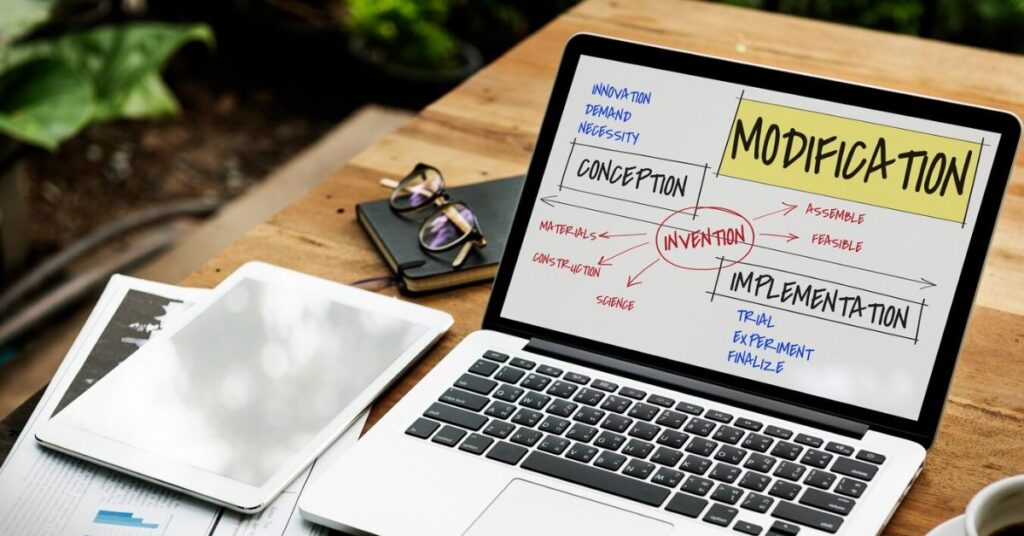What makes a presentation visually compelling and cohesive at the same time? Achieving this balance can be daunting, especially when working with editable templates. Customizing slide decks offers flexibility and creative control, but even small changes may affect the overall visual flow. A presentation that lacks consistency can appear unprofessional and confuse the audience.
Using professional PowerPoint templates provides a strong foundation for any presentation. These templates are designed with alignment, proportion, and clarity in mind. However, customization should be approached carefully to maintain visual harmony. The tips below explore the best practices to tailor these templates while keeping the original design integrity intact. Let’s read about them in detail.
Understand the Structure Before Making Edits
Before applying changes, it is important to understand the template’s layout. Analyze how the slides are grouped and what role each plays in the overall narrative. Recognize the position of text blocks, image placeholders, and design elements. This step ensures that edits do not interfere with the logical flow of the presentation. Pay close attention to margins, alignments, and proportions. Keeping these foundational structures intact preserves a sense of visual unity across all slides.
Stick to a Defined Color Palette
One of the simplest ways to maintain design consistency is by using a limited and coordinated color palette. Choose colors that complement each other and are already present in the original template. Avoid adding too many new shades, as that may disrupt the professional tone. Use accent colors sparingly to highlight important points or sections. Ensure there is sufficient difference between the text and background for readability. A disciplined color scheme helps reinforce brand identity and improves visual clarity.
Use Fonts That Align with the Template’s Style
Font selection plays a critical role in preserving a presentation’s tone and style. Always check the fonts used in the original design before introducing new ones. If a replacement is necessary, choose typefaces with similar characteristics—such as weight, height, or serif style. Limit the number of fonts to two at most. A combination of one for headings and another for body text is usually enough. Consistent font usage improves readability and supports a cohesive look across all slides.
Replace Images Thoughtfully
Images significantly influence a presentation’s impact. When swapping out stock photos or illustrations, ensure that the replacements match the template’s tone and color scheme. Use high-quality visuals that support the message and avoid using overly decorative or irrelevant graphics. Maintain consistent sizing and alignment with the original placeholders. Cropping tools can help adjust new images to fit seamlessly. This approach ensures that the visual quality remains high across all slides.
Maintain Slide-to-Slide Consistency
As individual slides are edited, it is easy to lose sight of the bigger picture. Review the deck as a whole after making changes. Check for consistency in background color, text alignment, visual hierarchy, and spacing. Transitions and animations should follow a unified pattern. Avoid mixing slide styles or using contrasting effects that do not serve a clear purpose. Viewing the presentation from the audience’s perspective can reveal inconsistencies that need attention.
Explore Ready-to-Use Templates for a Head Start
One of the easiest ways to maintain design consistency while customizing presentations is by starting with professional-grade templates. Online platforms offer a wide variety of layouts tailored for different industries, topics, and presentation goals. These templates are built with visual alignment, cohesive color schemes, and structured formatting already in place, giving users a strong design foundation to work from. Instead of creating slides from scratch, users can simply adapt existing content while preserving the aesthetic quality and flow.
Effective customization allows presenters to tailor visual content without compromising the original design’s coherence. Using professional PowerPoint templates from reputed providers simplifies the process of crafting engaging and consistent slides that resonate with the audience. By following the strategies outlined above, it is possible to enhance the message while retaining the professional polish of the layout.







